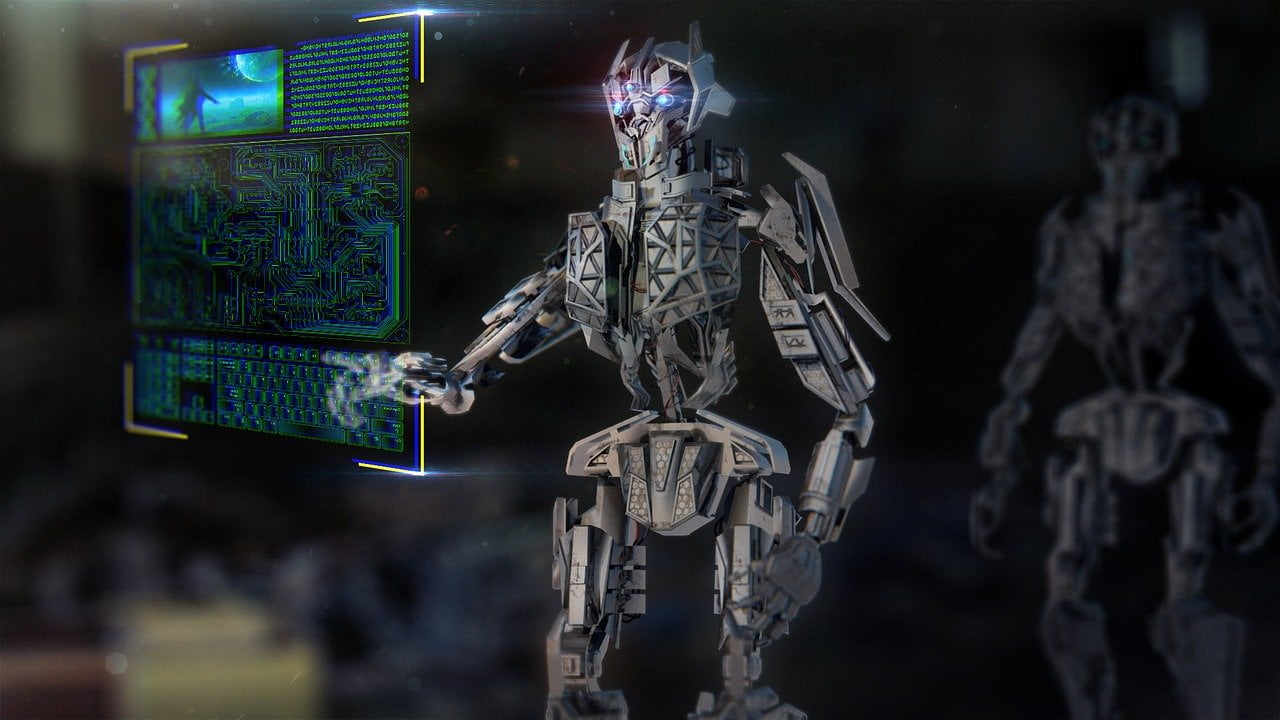
AI in media management
Did you know that you can utilize AI with your media management to boost asset searchability and decrease your manual workload?
AI identifies visual elements such as objects, people, environments from video. From the audio of a video, it is able to recognize individual words as well as sets of sentences in several languages.
The most common languages in Finland are included – Finnish and English. Accurate speech recognition records up every word mentioned, making the video viewable with Subtitles as well.
If necessary, the subtitle file can be downloaded separately, so that it can be used as it is or attached to the original video with an external editor. For each quoted observation, a timestamp is created that, when clicked, takes you to the exact point in the video where that word or thing appears.
Here’s some background:
In the early 1950s, Alan Turing was the first person to combine artificial intelligence (AI) into a machine that was used to crack the Enigma code and to gain a tremendous advantage in World War II. AI evolution took a huge step forwards after Turing’s famous words: “Can machines think?”
Artificial intelligence is intended to simulate or mimic human intelligence – rational thinking and moving in machines. With the great leap in development, artificial intelligence is being used in as many business models and processes as possible alongside human intelligence.
Artificial intelligence can also be harnessed to make the daily lives of marketing and visual teams working with digital material, images, and videos easier. Artificial intelligence can bring great time savings in managing media files, especially with large and ever-growing visual archives.
Media Pocket utilizes artificial intelligence for automated analysis of images and videos, which reduces the manual work required for the process of enriching file metadata, i.e. keywording. As a result, files can be easily organized and categorized and can be found in large masses based on content in record time. AI is a powerful tool for those seeking a foothold on the market.
Artificial intelligence recognizes the element in an image and produces information for you
After AI’s analysis process you are given a list of the found specifics, or in other words, tags. It’s simple, just choose the ones you like the most and add them in order to find your assets easier by just typing the keywords using the search bar. For closer inspection, the results of the analysis are shown visually as colored squares.
Artificial intelligence analysis identifies the objects, other elements, and landscapes in the image for you by creating a list of keywords that you can add as tags to the image metadata with a single click.
The results of the analysis are displayed as positioning in the figure with separate frames. Tagged files are categorized into keyword entities to make them easier to find in reusable characters. Therefore, you do not need to remember the file name, but can locate the image entirely on the basis of its contents. How convenient! 🦾
Portrait analysis compiles a comprehensive list of clothing, facial expressions, and public identity personality. Artificial intelligence does quote and points out if your smile could be even wider.
Artificial intelligence bites into the details of video content, enabling fast, smart tagging
Equipped with the latest features, the artificial intelligence ignores the slightest detail from the videos and automatically records the detected things in groups. The results can be viewed immediately in the table next to the media file.
Outsource routine work related to media management to Media Pocket
All Media Pocket users have access to both image and video analysis tools. To access the exclusive video analysis tool, one must first accept its terms of use in the UI (notice: this feature is offered separately as an additional service, see the image for pricing details). Media Pocket utilizes Valossa’s video recognition technology.
The analysis process takes from seconds to minutes, depending on whether it is an image or a longer video clip. AI analysis reduces manual work by automatically proposing identified objects as tags, leaving you to simply add the other custom keywords you like. Media files with AI tags register on the system, so the next time you need them, you just type in a search term that describes the file and get the most relevant results.
Like us humans, artificial intelligence is constantly evolving. Media Pocket AI can be taught to identify specific subject areas more accurately. Teaching as an additional service allows the service to be tailored to meet the needs of your organization. For example, we can teach artificial intelligence to recognize the facial features of individuals in a gallery. As a result, artificial intelligence is able to form a personalized name tag when it perceives a person it knows in an internal image of its environment.
Video and image recognition features not only benefit visual teams, but artificial intelligence can add value to the most innovative uses, such as in Vestia’s case – for intelligent recycling.
How could your organization benefit from intelligent media management? Let’s find out it together.



